Background to Lake Sturgeon Juvenile Stage
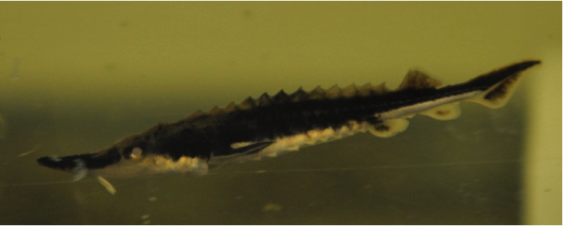
Lake sturgeon grow rapidly through the first spring and summer of life. During the juvenile phase individuals develop a bony exterior and become less vulnerable to predation by most fish predators. Rates of mortality decrease as a function of age. Mortality during the first winter is fairly high but thereafter, annual probabilities of survival are high. In the Black Lake system and other Great Lakes tributaries, research has shown that individuals are likely to remain in the lower reaches of natal rivers until the fall when they disperse to lake habitats.
Experimental releases were conducted in the Black River to estimate the proportions of juvenile lake sturgeon captured at consecutive hours following release at 8, 13, and 17 weeks of age. Numbers captured in different age groups were interpreted as a surrogate measure of survival. Older sturgeon were captured in larger numbers and at longer distances from the release site (Crossman et al. 2011).
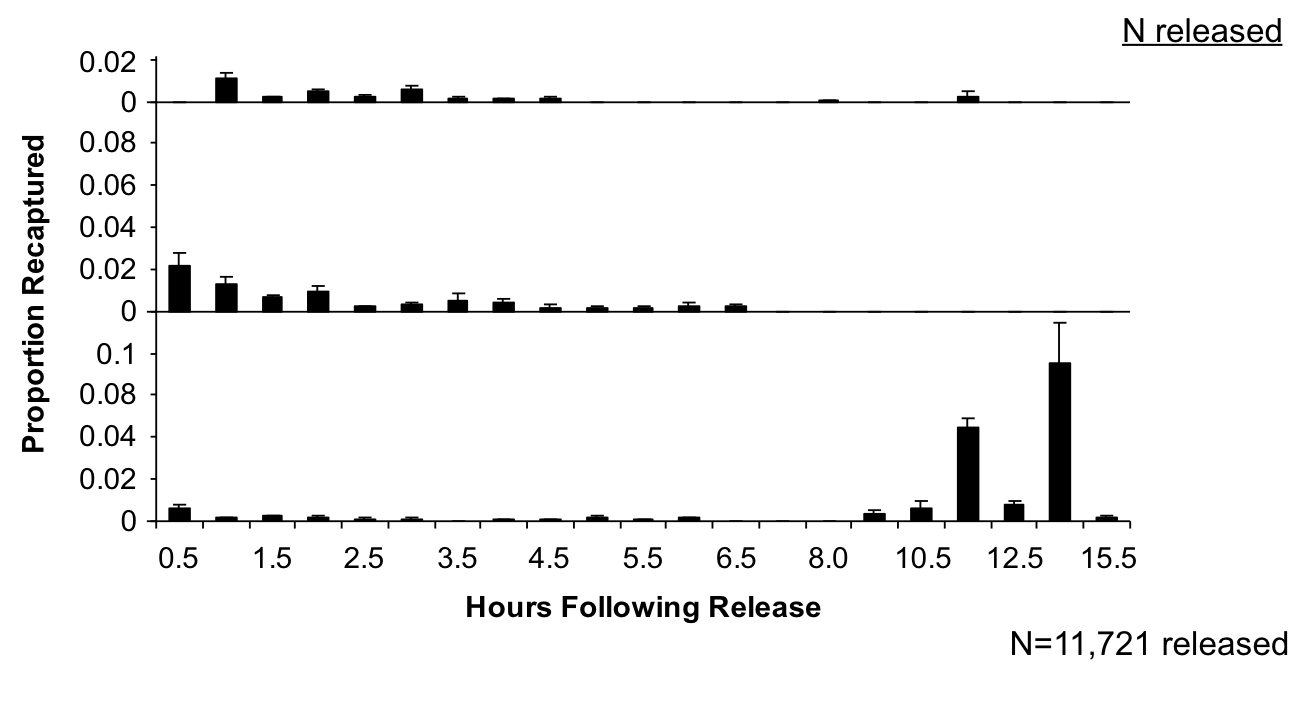
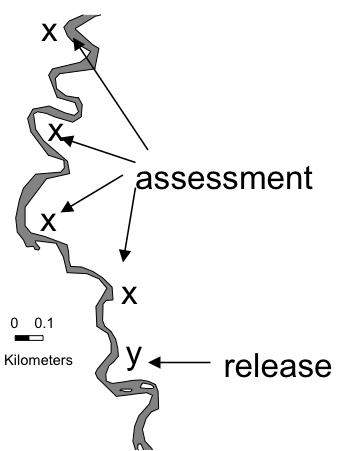
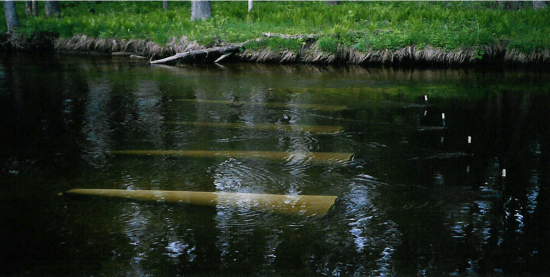
Drift nets used for assessment
Estimates of juvenile lake sturgeon survival based on the proportion recaptured during simulated releases. When lake sturgeon were released at younger ages, the hatchery environment they were reared in (traditional vs stream-side) had a significant effect on recovery rates (Crossman et al. 2011).
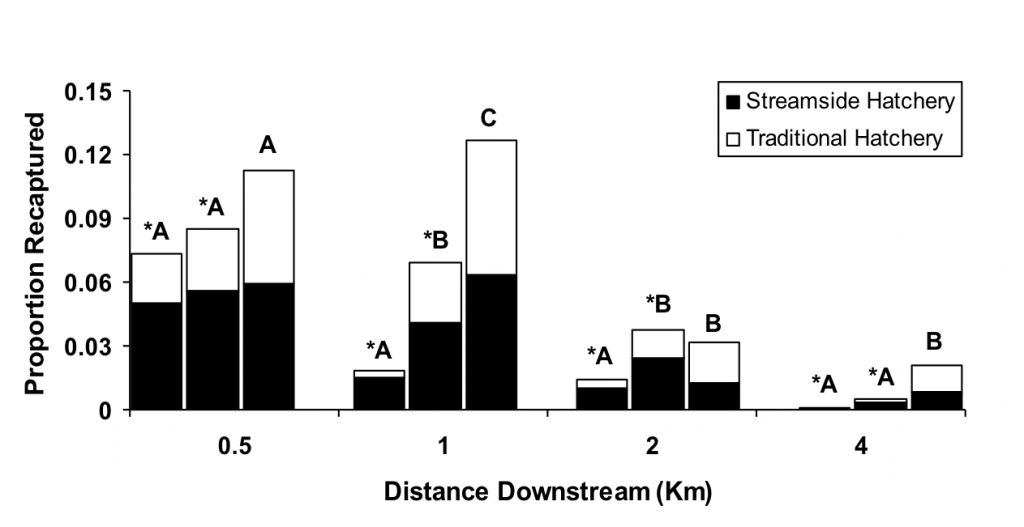
Significant Effects
- age at release
- rearing environment (for ages 8 and 13 weeks)